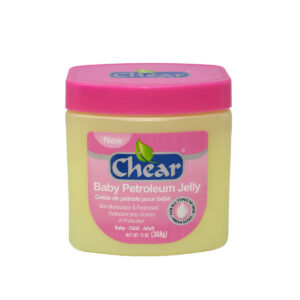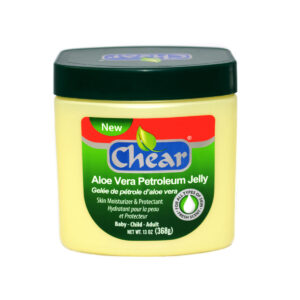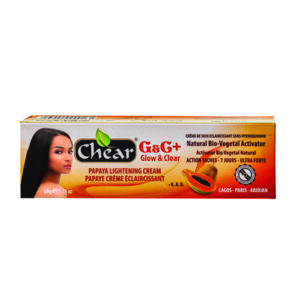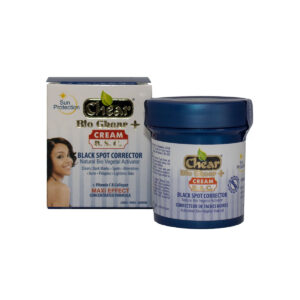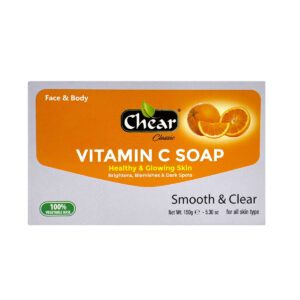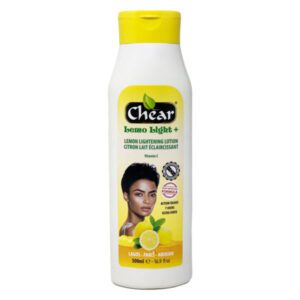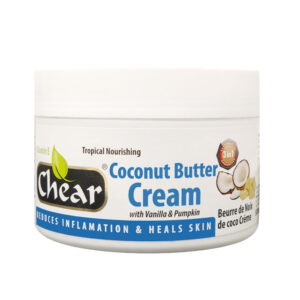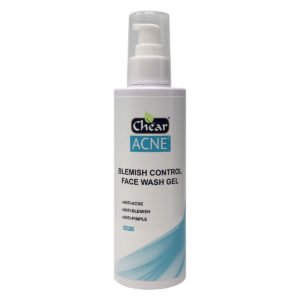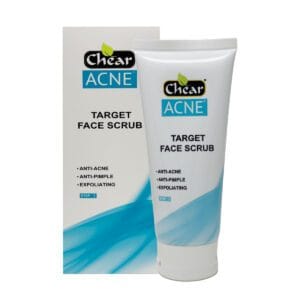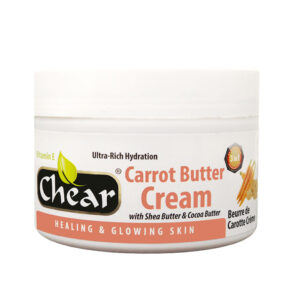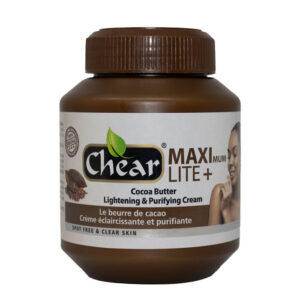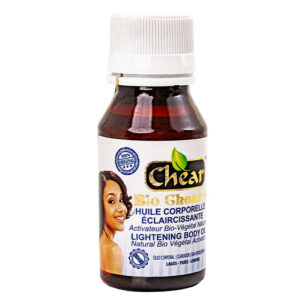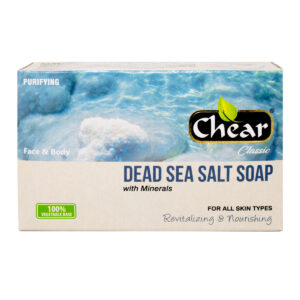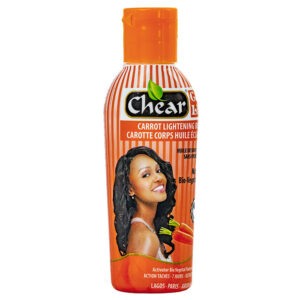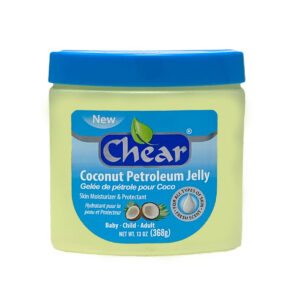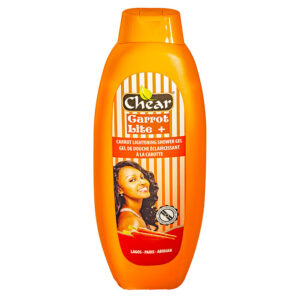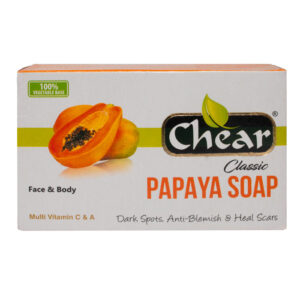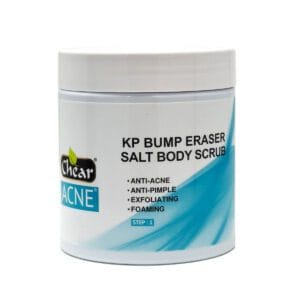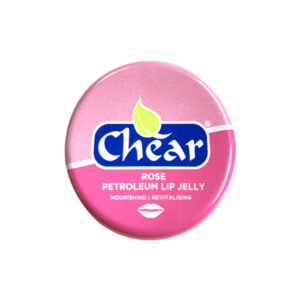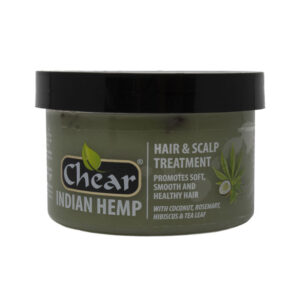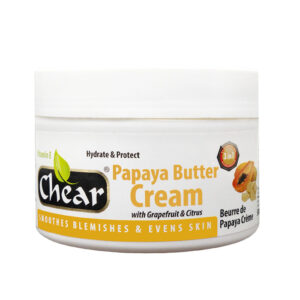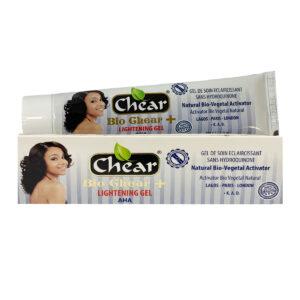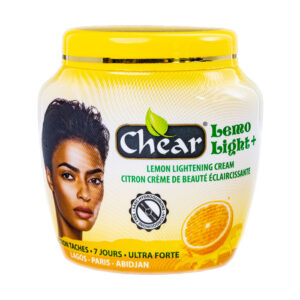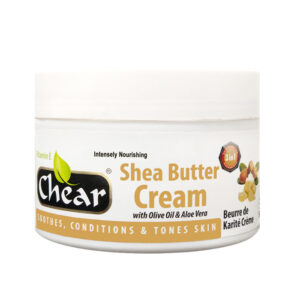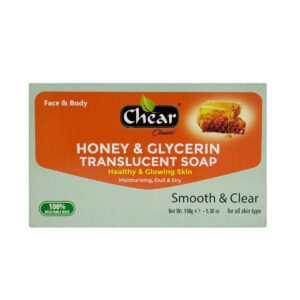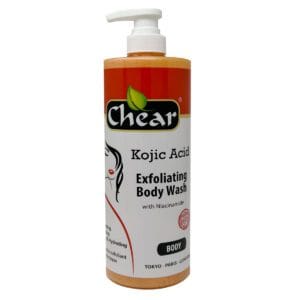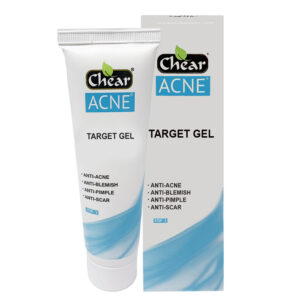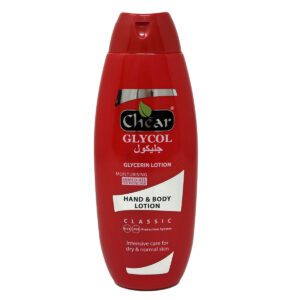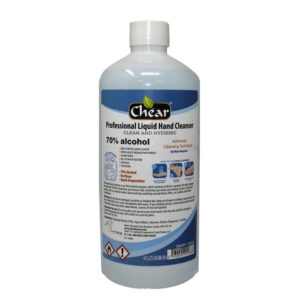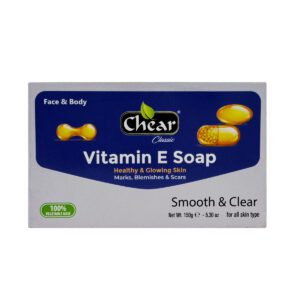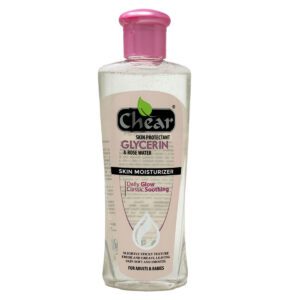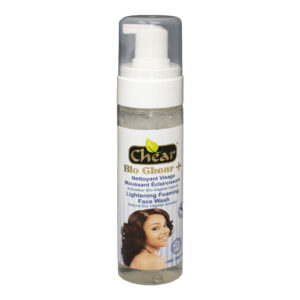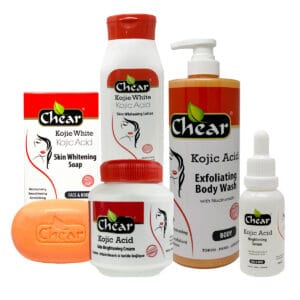- Home
- Beauty Tips
- Is Petroleum Jelly Safe for Use on Babies?
Is Petroleum Jelly Safe for Use on Babies?
Wondering if petroleum jelly is safe for babies? Discover the truth about using petroleum jelly on babies, its benefits, safety, and how Chear Baby Petroleum Jelly supports gentle baby care.
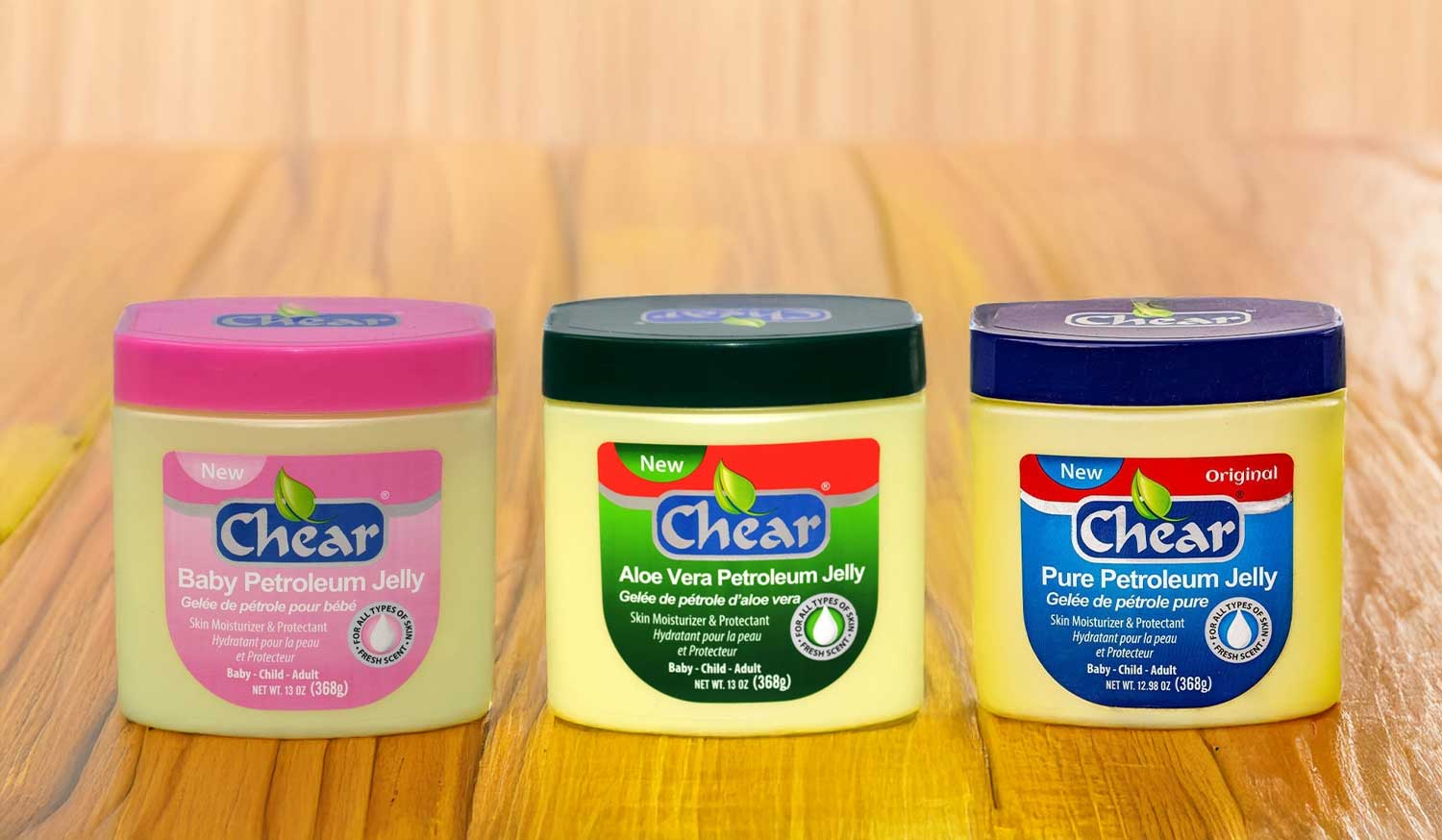
When it comes to baby skincare, parents want nothing but the safest, most gentle products to protect their little one’s delicate skin. A typical household staple petroleum jelly often sparks debate among new parents. You might wonder: Is petroleum jelly safe for use on babies? The short answer is yes, but only when it’s of high quality and used appropriately.
In this comprehensive, research-backed blog, we’ll explore everything you need to know about using petroleum jelly on babies, including expert guidance, benefits, and recommended products from Chear Beauty, such as:
- Baby Petroleum Jelly Skin Moisturiser 368g
- Jelly Skin Moisturiser Protectant 368g
- Aloe Vera Petroleum Jelly 368g
What Is Petroleum Jelly?
Petroleum jelly, also known as petrolatum, is a semi-solid mixture derived from refining crude oil. It was discovered in the 19th century and has since been used worldwide as a skin protectant and moisturiser.
However, not all petroleum jelly is created equal. For use on babies, only triple-purified, pharmaceutical grade petroleum jelly should be considered. This ensures the product is free from harmful impurities and safe for sensitive baby skin.
According to the NHS, petroleum jelly is often used to protect a baby’s skin from rashes and irritation and is considered a safe remedy for preventing and treating nappy rash when applied properly [NHS UK].
Is Petroleum Jelly Safe for Babies?
Backed by Dermatologists
The American Academy of Dermatology (AAD) and the British Association of Dermatologists (BAD) confirm that petroleum jelly is safe for infant use, mainly when used on dry patches, minor cuts, or as a barrier for nappy rash. It’s hypoallergenic and non-comedogenic, which means it doesn’t block pores or cause allergies.
Moreover, Great Ormond Street Hospital (GOSH) in London recommends petroleum jelly for babies with conditions like eczema, as it helps soothe and protect irritated skin [GOSH NHS Trust].
Key Safety Considerations
While petroleum jelly is safe when used appropriately, here are a few things to keep in mind:
- Always apply a thin layer, a little goes a long way.
- Never apply petroleum jelly inside the nose or mouth of a baby.
- Avoid using it on broken skin unless directed by a healthcare provider.
Benefits of Using Petroleum Jelly on Babies
1. Prevents and Treats Nappy Rash
Nappy rash is a common concern, especially in the first year. Applying petroleum jelly during nappy changes can form a protective barrier against moisture and irritants, helping prevent painful rashes.
Chear Baby Petroleum Jelly Skin Moisturiser is specially formulated for this purpose. It’s gentle, fragrance-free, and locks in moisture while allowing the skin to breathe.
2. Locks in Moisture
Infant skin loses moisture more quickly than adult skin. Petroleum jelly helps by sealing in moisture and reducing water loss, thus keeping your baby’s skin soft, smooth, and hydrated.
This is particularly helpful after bath time. Gently pat your baby’s skin dry and apply a thin layer of petroleum jelly to maintain hydration.
3. Protects Against Windburn and Chafing
Cold weather or rubbing from clothes can cause windburn or chafing, especially around cheeks or thighs. Petroleum jelly acts as a skin barrier to protect against these elements.
The Jelly Skin Moisturiser Protectant from Chear Beauty is ideal for this function. It’s thick, rich, and made for skin that needs protection without irritation.
4. Helps Heal Minor Scrapes
Petroleum jelly is a safe way to speed up healing for minor scrapes and scratches. Creating a moist environment reduces the risk of scabbing and helps wounds heal with minimal scarring.
5. Soothes Dry or Cracked Skin
If your baby suffers from dry patches, especially on the elbows, knees, or scalp, a light application of petroleum jelly can soothe the skin without the need for strong medicated creams.
Aloe Vera Petroleum Jelly from Chear combines aloe’s natural calming properties with the hydrating effects of petroleum jelly, its perfect for babies with slightly more sensitive skin.
Is Petroleum Jelly Natural?
This is a common question among parents choosing between traditional and organic baby products. While petroleum jelly is not natural in the sense that it is derived from crude oil, its safety lies in the purification process.
High-quality, triple-purified petroleum jelly, like that used in Chear products, is considered non-toxic and safe for skin application. It does not contain harmful chemicals or artificial fragrances that could trigger reactions in babies.
For comparison, even natural oils like coconut oil or almond oil can cause allergic reactions in babies, especially if there’s a family history of nut allergies.
UK Guidelines and Approvals
In the UK, over-the-counter baby skincare products like petroleum jelly must comply with Cosmetic Products Enforcement Regulations 2013, which align with the EU Cosmetic Regulation (EC) No 1223/2009.
Chear’s petroleum jelly products meet these standards and are manufactured under strict safety and hygiene protocols. Always check the packaging for compliance labels and batch testing information.
For further confidence, NICE guidelines also endorse the use of petroleum jelly for infant skin barrier protection [NICE UK].
When Should You Avoid Using Petroleum Jelly on Babies?
Although it’s safe mainly, there are a few scenarios where caution is advised:
- If your baby has skin infections, consult your GP before using any occlusive products.
- Avoid using petroleum jelly under tight bandages, as it may trap moisture and lead to bacterial growth.
- If your child has a diagnosed petrolatum allergy (very rare), discontinue use immediately.
Always do a patch test before first-time use: apply a small amount to your baby’s inner arm and wait 24 hours to rule out irritation.
Chear Beauty’s Safe Baby Petroleum Jelly Products
1. Baby Petroleum Jelly Skin Moisturiser 368g
Formulated for newborns and infants, this gentle moisturiser creates a protective layer without clogging pores. It’s ideal for nappy changes, post-bath care, and daily moisturising.
Key Benefits:
- Hypoallergenic
- Fragrance-free
- Gentle on delicate skin
2. Original Petroleum Jelly Skin Moisturiser Protectant 368g
A thicker consistency than standard baby jellies, this product offers long-lasting protection for dry and irritated areas. Ideal for preventing chafing and environmental exposure.
Key Benefits:
- Long-lasting barrier
- Suitable for sensitive areas
- Great for overnight use
3. Aloe Vera Petroleum Jelly 368g
Enriched with calming aloe vera, this petroleum jelly variant is ideal for babies with dry, itchy, or irritated skin. It helps soothe minor inflammation while maintaining moisture.
Key Benefits:
- Dual action: moisturising + soothing
- Contains aloe vera extract
- Ideal for seasonal skin dryness
Final Thoughts: Is Petroleum Jelly Safe for Babies?
In conclusion, the answer is a reassuring yes, petroleum jelly is safe for babies when it’s pharmaceutical-grade, fragrance-free, and used in moderation. It provides a reliable and cost-effective solution to many baby skincare concerns, from dry skin to nappy rash prevention.
Products like Chear Baby Petroleum Jelly Skin Moisturiser, Chear Original Jelly Skin Protectant, and Chear Aloe Vera Petroleum Jelly are expertly crafted with baby-safe formulations, offering UK parents peace of mind when caring for their little ones.
As always, consult your paediatrician if you’re unsure about any skincare product or if your baby has persistent skin issues.
References:
- NHS: https://www.nhs.uk
- GOSH NHS Foundation Trust: https://www.gosh.nhs.uk
- NICE UK Guidelines: https://www.nice.org.uk
- British Association of Dermatologists: https://www.bad.org.uk
- Great Ormond Street Hospital: https://www.gosh.nhs.uk
- American Academy of Dermatology: https://www.aad.org
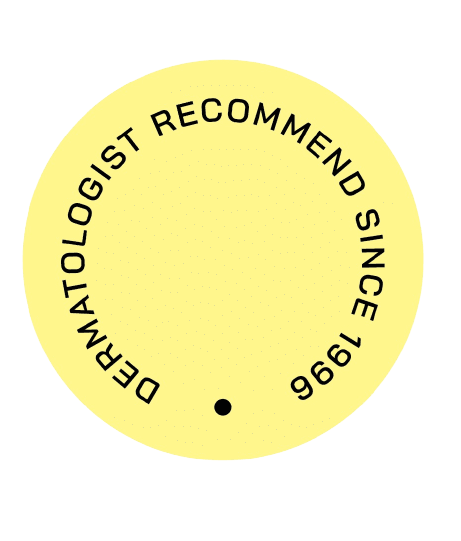
Chear Beauty @ Sonik Products Ltd | Company No: 3184821
Chear Beauty @ Sonik Products Ltd, Block C, Woodside End, Wembley Alperton, Middlesex HA0 1UR
